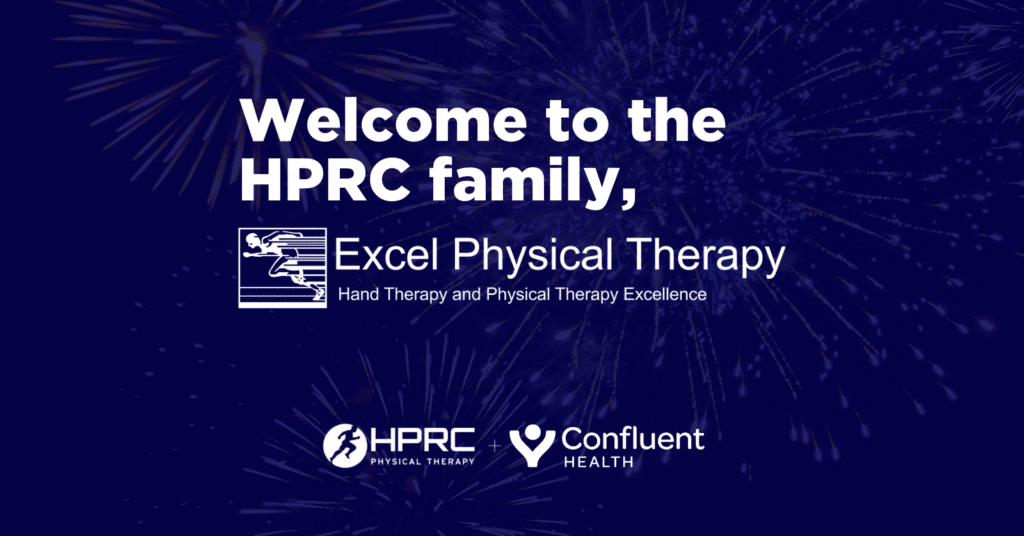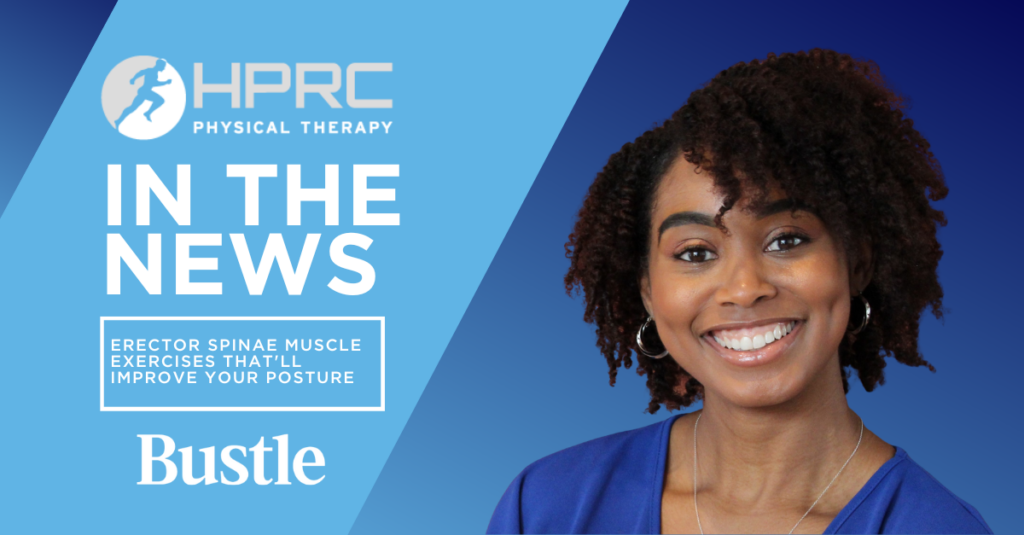Speech therapy can make a big difference to those who have suffered strokes, but one of the most important things to remember is that treatment should be tailored to each patient’s specific needs and therapeutic goals. This is important because even people who have suffered strokes in the same part of the brain might exhibit different impacts. A licensed speech language pathologist (SLP) will create a therapy plan that gives a patient the best possible chance of achieving his or her specific goals, which will likely include improving speech and language capabilities as well as swallowing capacity. The therapy plan should also include at-home instructions for family members or caregivers to create continuity with what is accomplished in a therapy center.
To understand how speech therapy for stroke survivors works, it’s important to understand more about the common conditions these patients face.
Aphasia
The term aphasia refers to the impairment of language, including the ability to understand or produce speech. Severity of aphasia runs the gamut from anomia, or difficulty recalling specific words, to global aphasia, where a patient might be completely nonverbal and experience difficulty understanding what is said to them.
The speech language pathologist will create a treatment plan that helps a patient move from their current condition to working toward the specific functional improvement the patient and his or her family feel is important. Exercises may include impairment-based therapies, in which a clinician directly stimulates listening and speaking skills; or communication-based therapies where the therapist helps the patient compensate for language difficulty loss by helping him or her use other strategies or communication modes.
Dysphagia
Dysphagia refers to difficulty in swallowing, also a common problem for those who have suffered a stroke. A speech language pathologist will create a therapy plan for helping the patient restore as much of this important function as possible. This usually includes swallowing exercises, sometimes with resistance, that help strengthen muscles and re-teach swallowing skills. Patients also practice swallowing, possibly working up to sucking thick substances, like pudding, through a straw to strengthen neck and throat muscles. Regular repetition of swallowing exercises, both in the clinic and at home, is important in restoring function.
Dysarthria
Dysarthria is a condition in which speech is hard to understand or is slurred. The speech language pathologist will use repetitive exercises and other strategies to stimulate speech improvement.
Two Key Factors to Success
A couple of factors go a long way in how much success a stroke patient will have in speech therapy. One is attitude. It’s difficult to suffer a stroke and deal with its aftermath, but patients who adopt a positive, never-give-up attitude tend to see better results. Another factor is the willingness to practice at home. While onsite therapy with a speech language pathologist is key to making progress in improving impaired speech, language and swallowing, it’s crucial to repeat exercises at home with the help of caregivers. Continuity is key to seeing results.
Virginia “Ginnie” Byrd is a licensed Speech Language Pathologist based at HPRC’s St. Francis Rehabilitation Main Street Village Campus in Columbus, GA. Ginnie is certified through the American Speech-Language-Hearing Association (ASHA) and holds her Certificate of Clinical Competency (CCC). Speech, language, swallowing, cognition, and voice therapy are all part of her rehabilitation practice.



